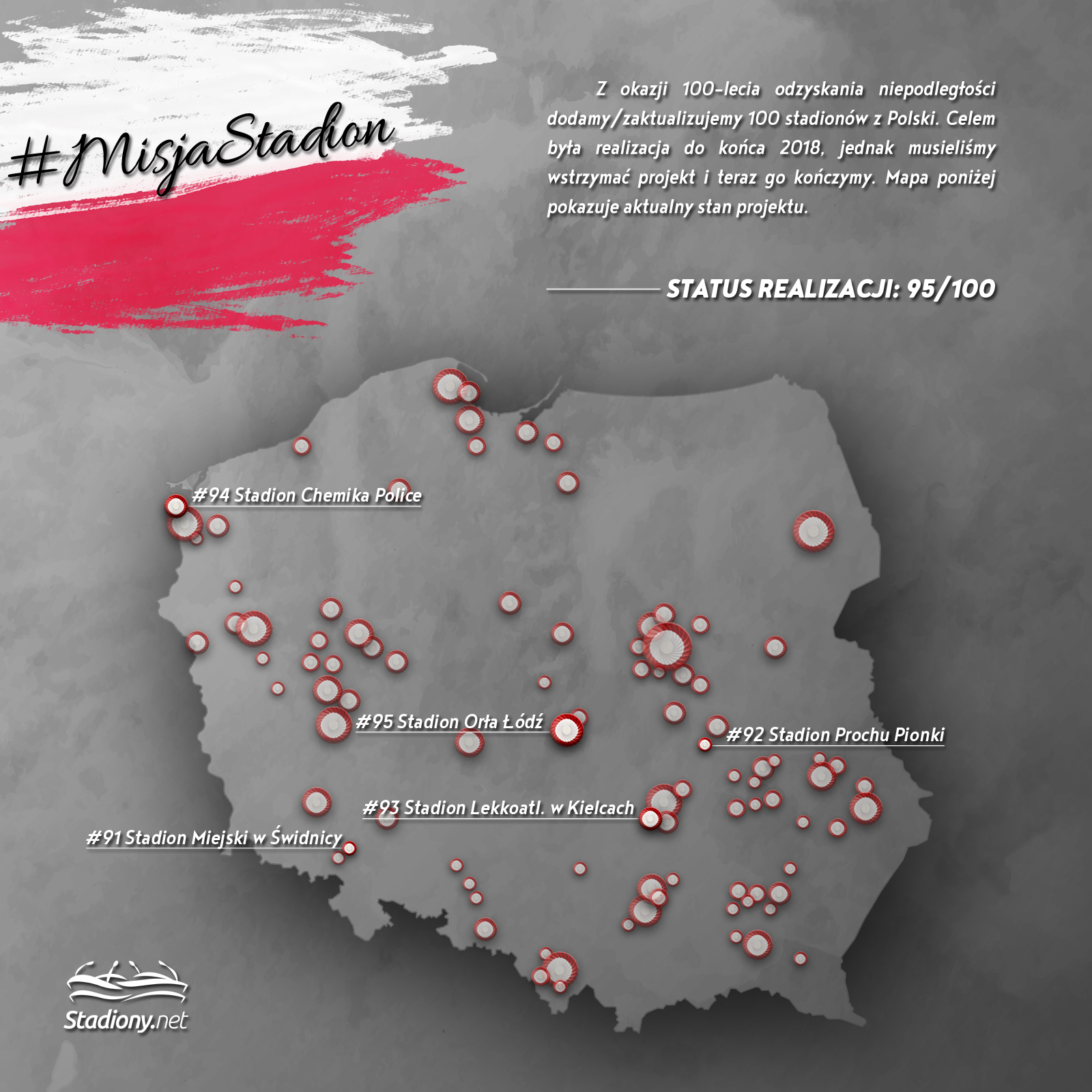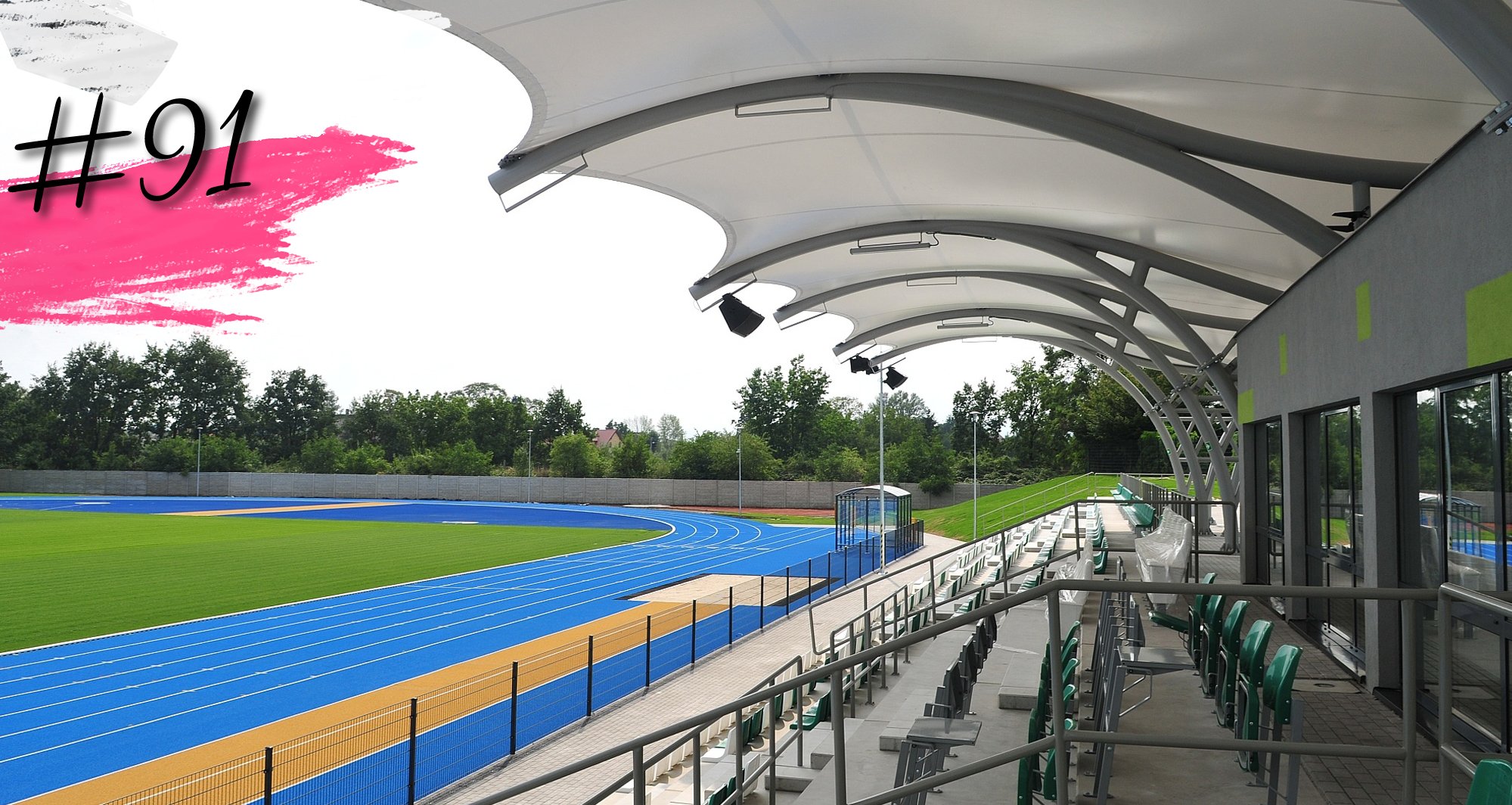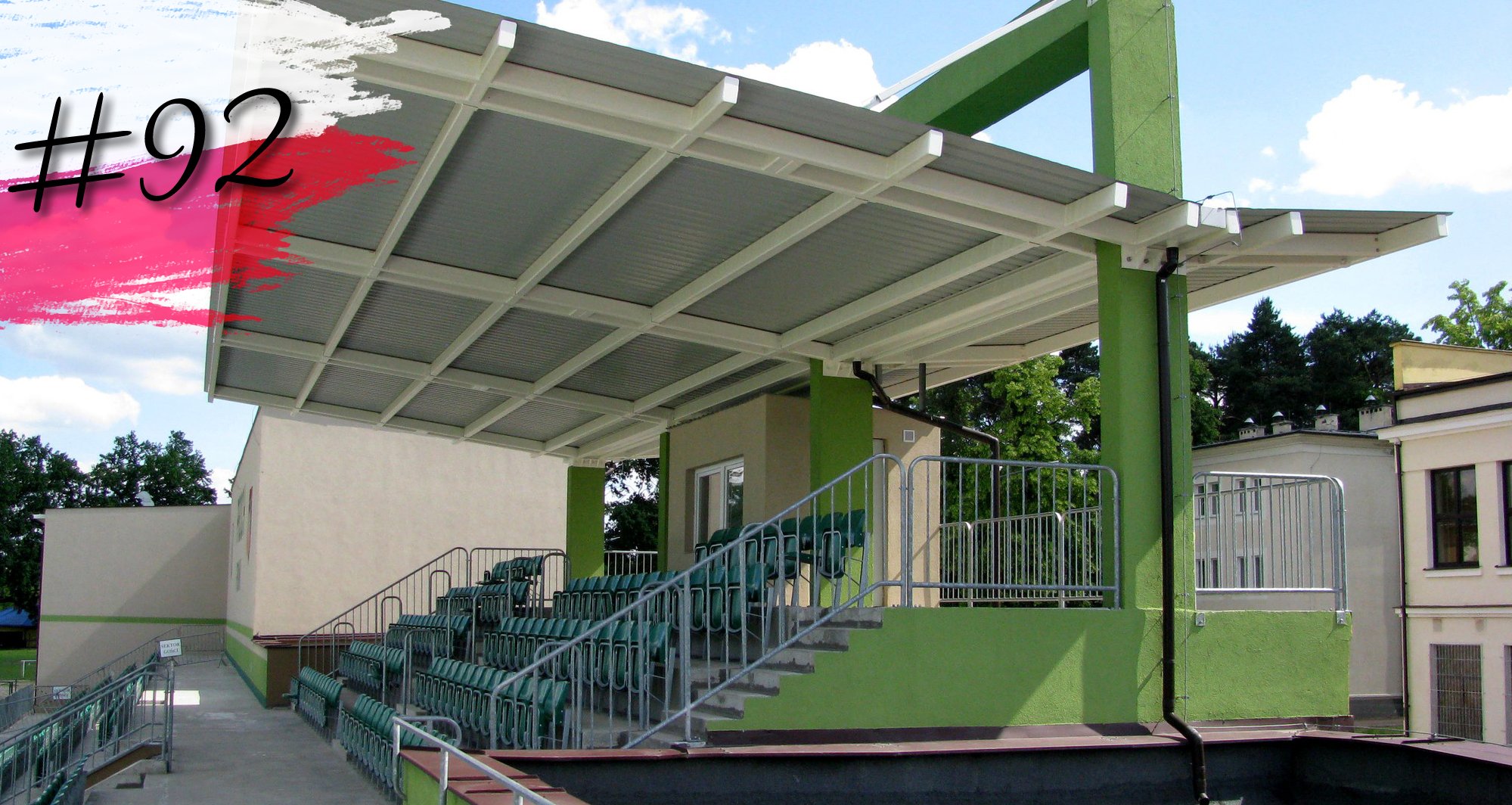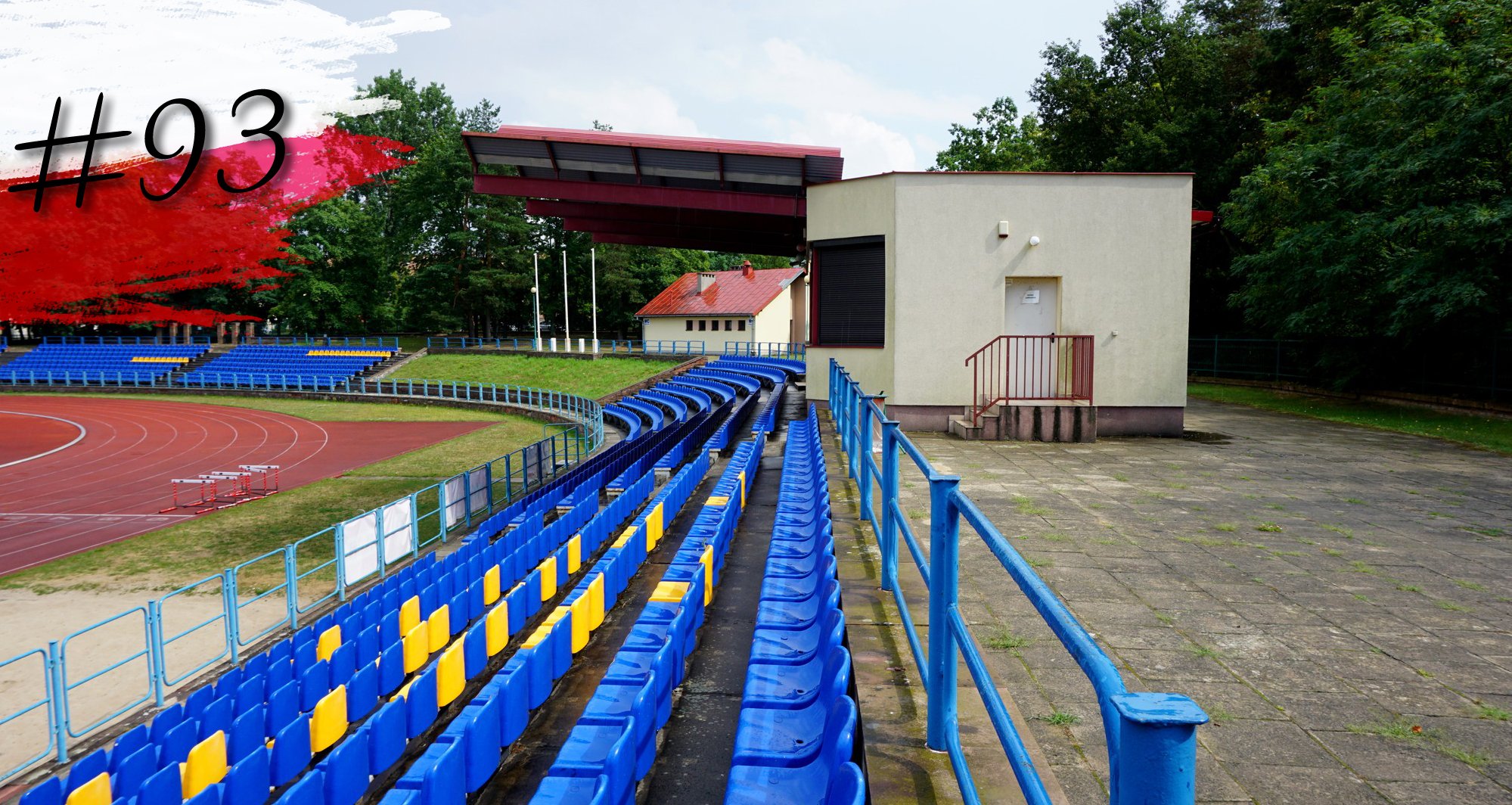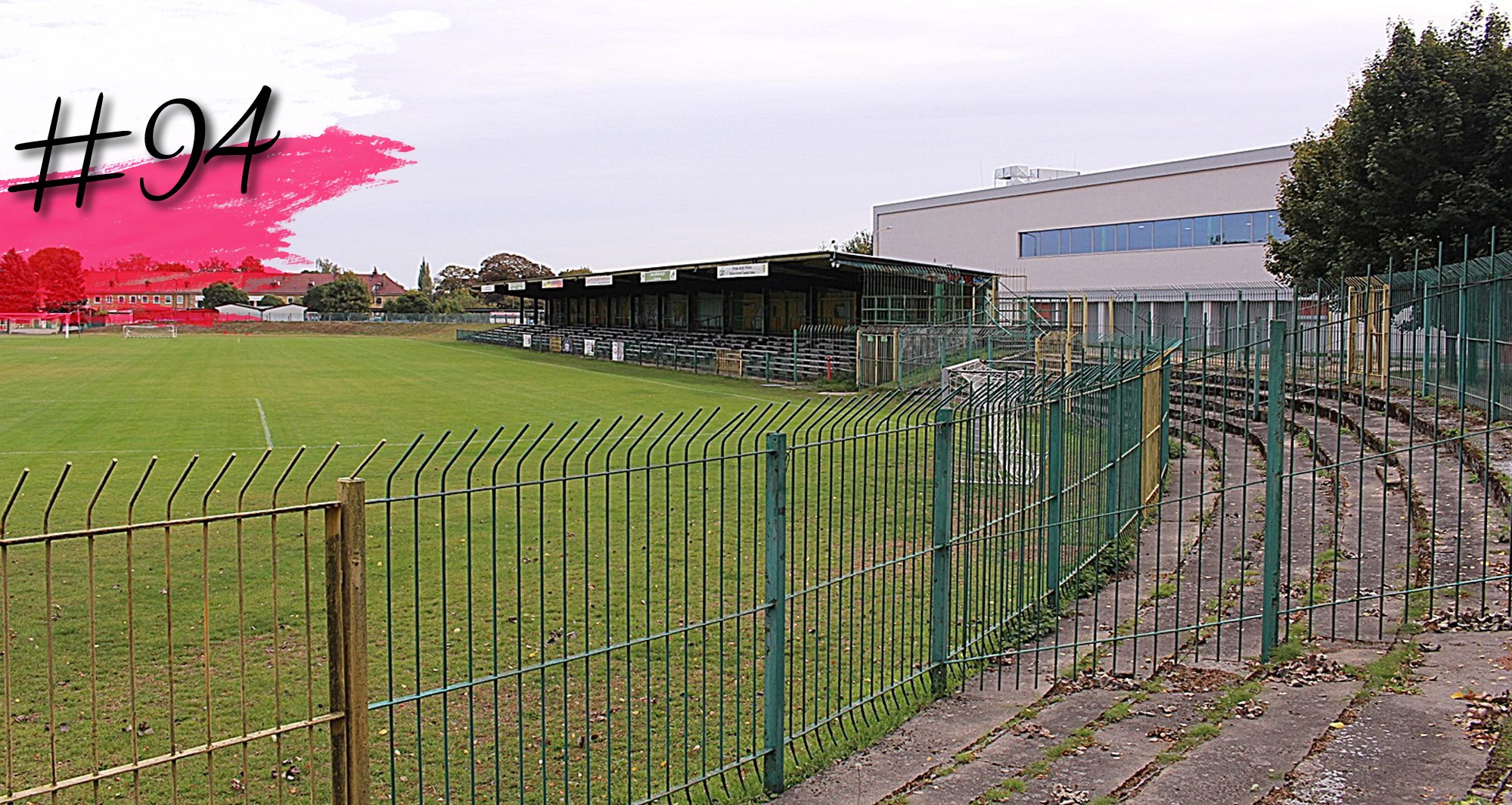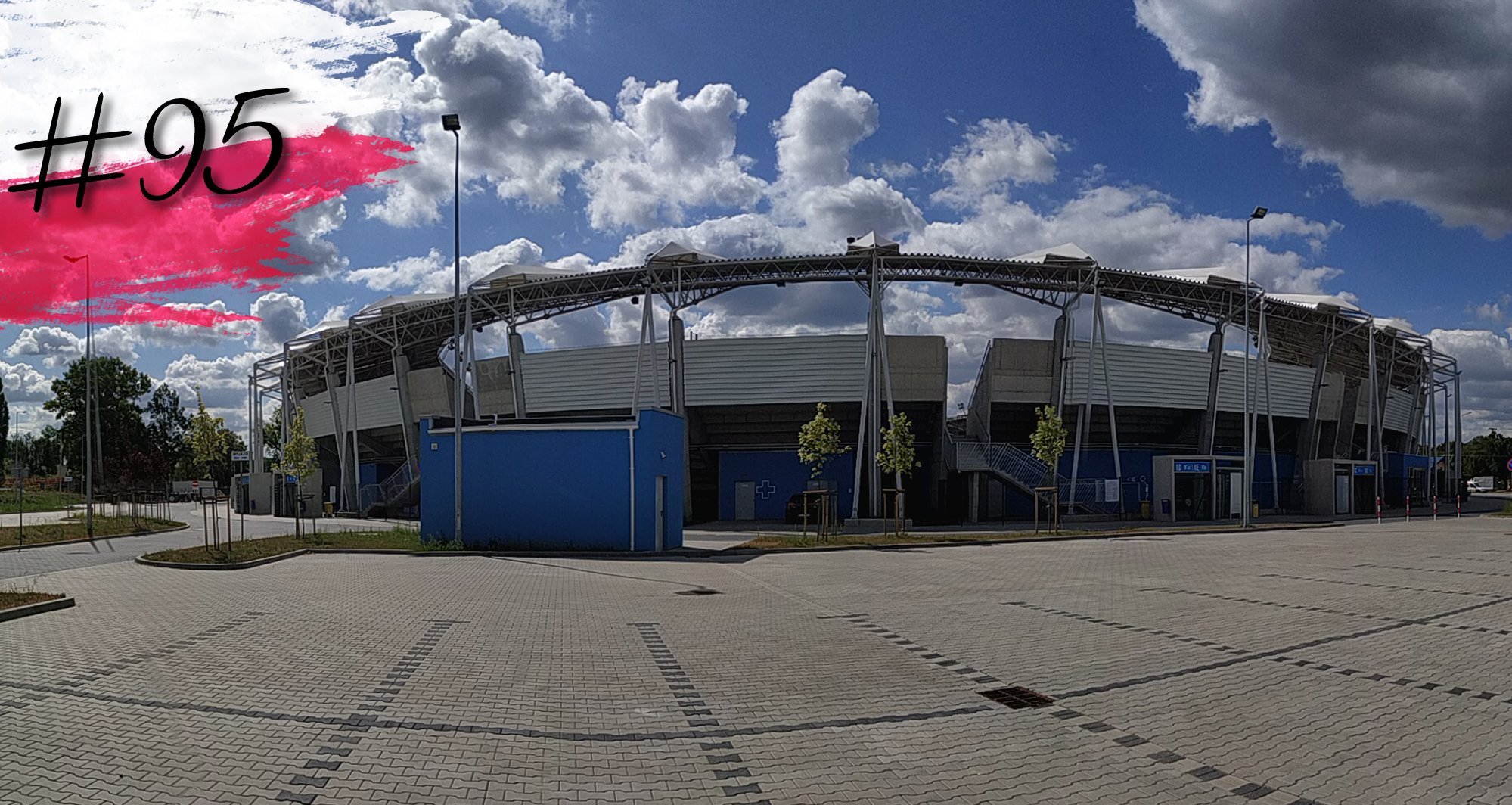#MisjaStadion: 91-95 – From Świdnica to Orzeł Łódź
source: StadiumDB.com; author: michał
 It's the single last batch of new Polish stadiums as part of #MisjaStadion. And about time, after all it's November 11 and Poland's Independence Day. About time to give you stadiums number 91-95 and then update grounds number 96-100. Enjoy!
It's the single last batch of new Polish stadiums as part of #MisjaStadion. And about time, after all it's November 11 and Poland's Independence Day. About time to give you stadiums number 91-95 and then update grounds number 96-100. Enjoy!
Advertisement
#91 | Stadion Miejski, Świdnica
Historically, the municipal stadium in Świdnica had one grandstand in the west, landfill-based. This layout hasn't changed, although it's a brand new stadium, following 1.5-year-long reconstruction that concluded in September of 2018. Following reopening, the stadium received the name of Janusz Kusociński, Polish runner and gold medalist from the Los Angeles Olympics.
The project didn't go without issues. Due to growing delays, in 2017 the first contractor, Saltex, was removed from the project. It was then taken over by a joint venture of DABRO-BAU and BUD-ZIEM.
Reinauguration of the ground was commemorated by a U16 international between Poland and neighbouring Czechia, as well as track and field events. After all, the stadium offers a 4-lane running track and several other amenities for jumpers and throwers. The football tenant, Polonia-Stal, can hold games up to the 4th tier here without fears of not meeting infrastructural criteria. The capacity of 999 people is exactly the legal limit for what is considered a mass event.
#92 | Stadion Prochu, Pionki
Land for a new stadium beside st. Barbara's church was donated by local industry in late 1928. In less than a year first football games by Proch Pionki were held, with a modest wooden grandstand able to hold 300 people. By 1932 the stadium was also able to accommodate athletics and following WWII the old grandstand was replaced by a newer and larger one.
That grandstand was later dismantled in 1986, when landfill stands were created around the entire running track. Though very low in height, they gave the stadium its peak nominal capacity of 5,000 people. Proch didn't need such scale despite ambitions of playing on national level, however occassionally there were indeed thousands of fans in attendance.
The heyday didn't last long, ended like many in industrial towns across Poland: regime change brought collapse of the centrally managed industries and status of their football teams went down significantly. The stadium entered the 21st century in the state of disrepair, having been transferred to municipal ownership in early 1990s.
The situation changed between 2013 and 2018, when a few phases of redevelopment changed its appearance completely. No longer needed, stands around the track were raised and only on main grandstand was delivered in the south, with less than 1,000 individual seats. In turn, the revamped stadium can not only host events but also offers extensive facilities for amateurs and professionals alike.
#93 | Stadion Lekkoatletyczny, Kielce
The municipal athletic stadium in Kielce is located within the main cluster of sports venues, between the city's indoor arena in the west and old stadium of Korona Kielce in the south east. It was built in 1989 for the National Youth Spartakiad. Its horseshoe auditorium is open to the west (where a hotel was built) and divided into three separate stands, all based on landfill.
Due to its scale, the stadium also hosted the Polish Athletics Championships (1991, 1993), as well as its youth equivalent, and the Janusz Kusociński Memorial of 1993. Used on a regular basis by KKS Kielce, it also has an episode connected to pope John Paul II, whose helicopter landed here during the 1991 visit – an event commemorated with a plaque.
In 2002 the stadium was taken over by the city of Kielce, who funded its 2003-04 redevelopment. It was then that the current 8-lane running track was installed. Then in 2013 all benches were replaced with individual seats.
#94 | Stadion Chemika, Police
Located under 20 km from Szczecin, the municipal stadium in Police sits just opposite the now-defunct railway station. Its oval shape suggests multi-use past but there is no running track around the football field. In fact, one could not fit here due to close proximity of the stands.
Today's auditorium is based on the north stand (with individual seats and tower) and south side (with only covered benches). While these two were modernised at different points in their history, the curves behind west/east goals remain as they were originally.
Behind the stadium's south stand a new sports hall was built. Behind the north one there are tennis courts and small synthetic training field. But the stadium itself remains severely outdated. From early years of the 21st century there are plans of building a brand new venue for football, so far without fruition.
#95 | Stadion Orła, Łódź
Though its address was inherited after the old speedway stadium at ul. 6 Sierpnia, the new stadium was built in a slightly different location, along al. Włókniarzy. Its footprint doesn't correspond to the old ground's, which used to function directly to the east. It was partly demolished upon opening of the successor in order to make way for parking and enable safe crowd circulation.
Thanks to the construction process being carried out beside the old stadium, Orzeł didn't have to relocate to a different city (there was no other racing track in Łódź) for the construction period. This proved very sensible because the project took much more than expected – instead of just over 1 year completion came after over 2 years. Being forced to play outside the home city could have been deadly for the team.
Promised as one of three main stadia in Łódź, this one is the smallest and the only one throughout the city to enably motorcycle speedway racing. For economic reasons only the auditorium is covered, though it was desired by the sports club to also provide shelter for the racing track, which would have made the venue weatherproof. Still, despite not going that far, Łódź had to spend nearly PLN 50 million instead of under 44 million planned initially.
Despite its oval shape the stadium is rather compact, under 200m long and just 125m wide, even with the western main office/hospitality building (the facade of which is adorned by a symbolic eagle outline). The racing track is 321 meters long, which means a football field could not be fitted without major intervention.
Advertisement
 StadiumDB
StadiumDB